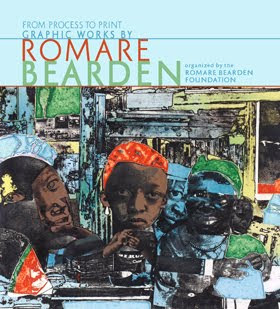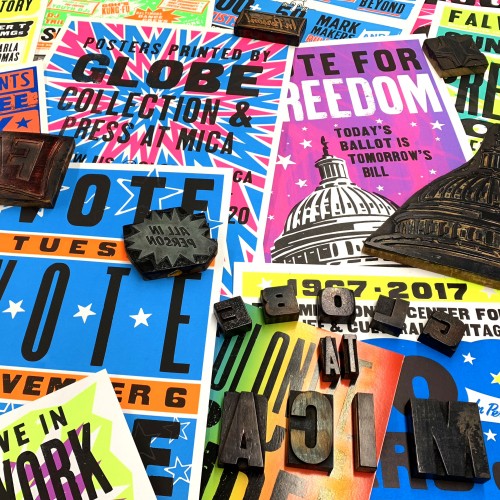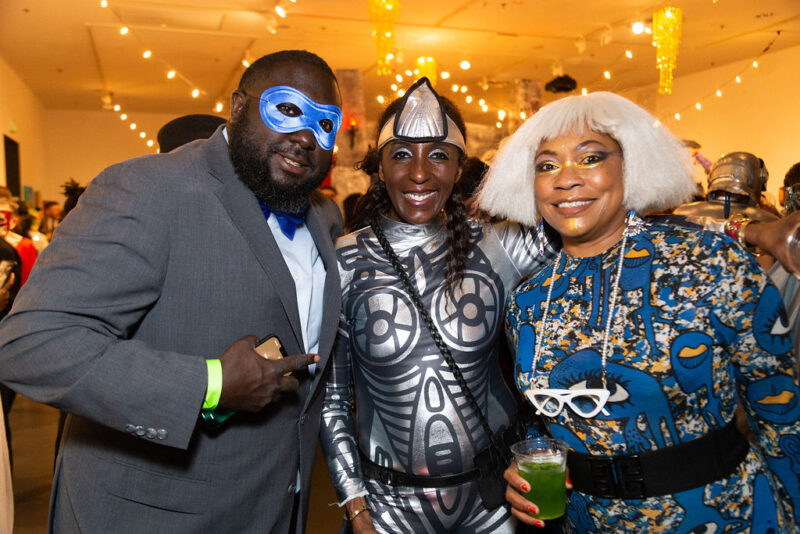
From Process to Print: Graphic Works by Romare Bearden
The Reginald F. Lewis Museum of Maryland African American History and Culture
January 16, 2010 – March 28, 2010
This exhibition presents a major survey of the extensive graphic works created by Romare Bearden over more than 30 years. The works in the exhibition show Bearden’s extraordinary facility for weaving into every art form a rich tapestry of literary, biblical, mythological, popular culture and western and non-western themes that were informed by his African American cultural experiences. Included are prints based on collages like the Odysseus Series and Piano Lesson that he reworked in several media through changes in technique, scale and color and through the use of photographic processes. Also included are two important photoengraving series, The Train and The Family and the extraordinary limited edition 12 Trains. John Loring writing in Arts Magazine in 1973 proclaimed The Family as one of the most important prints of the time.



